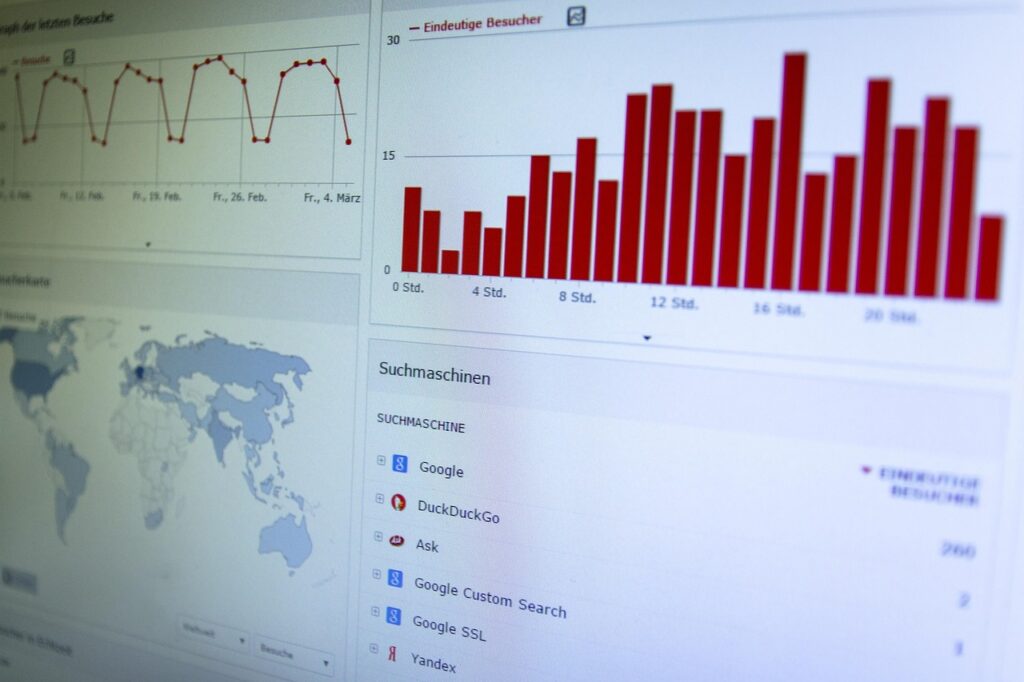Website owners are reassessing the shift in what is viewed as consent fatigue in web analytics. Clarified readings of the ePrivacy Directive’s Article 5(3) and Chrome’s shift reshape expectations. Together, they mean the demise of cookies under user-choice models. Even first-party analytics cookies are often subject to consent, resulting in smaller coverage. This distortion skews benchmarks across regions and browsers overall.
In this landscape, attention is increasingly turning to how a privacy-friendly web analytics platform can be developed. Frames data minimisation and device-independent collection, informing cookieless setups, as demonstrated by projects like Plausible and Matomo in practice. The goal is to preserve the decision-grade signals while adhering to the principle of fair device access consent in practice.
What Cookie-Free Really Means
Cookie-free analytics doesn’t set browser cookies but still tracks page views and events for web analytics workloads, a pattern reflected in platforms such as Plausible and Matomo. The purpose is to measure what matters without storing or accessing information on the device. Such actions meet the threshold triggering consent under Article 5(3) requirements.
The offset provides a coarser-grained user-level attribution, thereby improving overall coverage for reporting at scale. Previously, blind spots existed because users didn’t consent reliably at the time.
Why Website Owners Are Switching
Two forces have the upper hand in the switch. First, regulatory clarity is emerging regarding what constitutes access to devices, so it’s clearer when tracking truly applies. Analytics cookies cannot be dropped without consent in such situations; designs avoid storage altogether. Second, the browser turbulence has destroyed the reliability of cookies.
After years of debate, Chrome chose a user choice model over entirely removing third-party cookies. That shift shows cookie-based approaches aren’t stable today at all. Organisations going cookie-free on analytics minimise reliance on fluctuating browser behaviour and banner acceptance rates. They still retain directional data for UX and content decisions.
Privacy-First Measurement in Practice

A pragmatic approach aligns with current industry best practices and privacy guidelines seen across modern web analytics. It gathers only necessary information and aggregates data at the page or session level. It doesn’t store data on devices and maintains short retention periods. Where consented data is available, use it in conjunction with aggregate cookie-free streams to responsibly fill in data gaps.
Among other things, a growing number of modern analytics stacks are built to operate in this hybrid mode. Consent Mode estimates behavioural activity and conversion modelling with analytics cookies absent in Google Analytics 4. This keeps flow continuity and doesn’t install identifiers on devices.
Leaving the Trail, Keeping the Map
The transition to a cookie-free analytics is more about reshaping analytics than neglecting it. Prioritising data minimisation and browser-independent collection significantly enhances overall analytics resilience and reliability. Such an approach builds more robust data sets that aren’t undermined by consent drop-offs or browser reversals. It also aligns with legal expectations for achieving appropriate device access controls.
Success follows when privacy is treated as an architectural necessity. Measurement should target minimal attribution levels, delivering meaningful answers.



